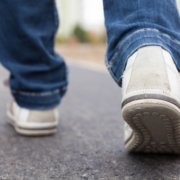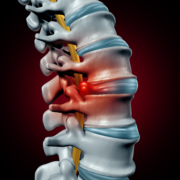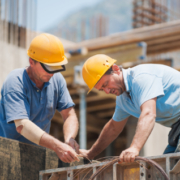What Age Should Children Begin Chiropractic?
In the last few decades chiropractic care has enjoyed a tremendous boost in popularity among adults. They use it to help manage their pain, relieve chronic conditions, prevent injury, and improve range of motion, flexibility, and overall wellness. But at what age should you begin chiropractic? What is the best time for children to start seeing a chiropractor?
The short answer is, as early as possible!
The long answer is a little more detailed.
Can children get chiropractic care?
Yes, children can see a chiropractor and receive treatment. Most chiropractors will see children under 18 years of age and many will see children under 2, including infants. It is safe, non-invasive, and is medication free.
Adverse events associated with pediatric chiropractic are extremely rare and there are no reported deaths resulting from the treatment. It is largely considered to be one of the safest forms of treatment available for a wide range of conditions, including pain management.
Most chiropractors are trained in treating children as part of their education. The techniques are gentle but effective. Chiropractic is a safe, effective complement to regular child healthcare.
The bigger question is, should children receive chiropractic care? And the answer to that is, absolutely!
What benefits do children get from chiropractic care?
It is important for a child’s spine is properly aligned, to support posture and movement.
As children learn to crawl and walk, the falls and bumps they receive can also put stress on the body by taking the spine out of alignment and the body out of balance. Chiropractic provides children with relief from those stressors and helps them have stronger bodies to better withstand the physical stressors they will experience in adulthood.
The first 10 years of a child’s life are a time of rapid development and growth. However, even seemingly innocuous activities like using a computer or wearing a backpack can cause misalignments of the spine. Add to that sports injuries and poor posture and you have even more reasons to begin chiropractic care for your child as early as possible.
When the spine is not aligned, it can put pressure on various nerves and interrupt the pathways of the nervous system. This can result in joint and muscle pain and stiffness. Gentle, safe chiropractic adjustments can help children find relief from these symptoms. It can also be used as a preventative care strategy so that children can avoid developing them.
Is chiropractic safe?
What many parents may not know is that chiropractors have been treating children for more than 100 years. It has an excellent reputation and studies show it is extremely safe. Studies that examine malpractice insurance coverage show that chiropractors have a very low risk and exceptional safety record.
Chiropractic adjustments can with the mother before the baby is even born. As soon as the baby is born, he or she can be evaluated by a chiropractor. When evaluated at birth, the chiropractor can apply gentle, nonforce pressure to realign the baby’s spine. Both mother and child will reap the benefits of chiropractic care.
To learn more about our office, check out www.ocwc.ca










